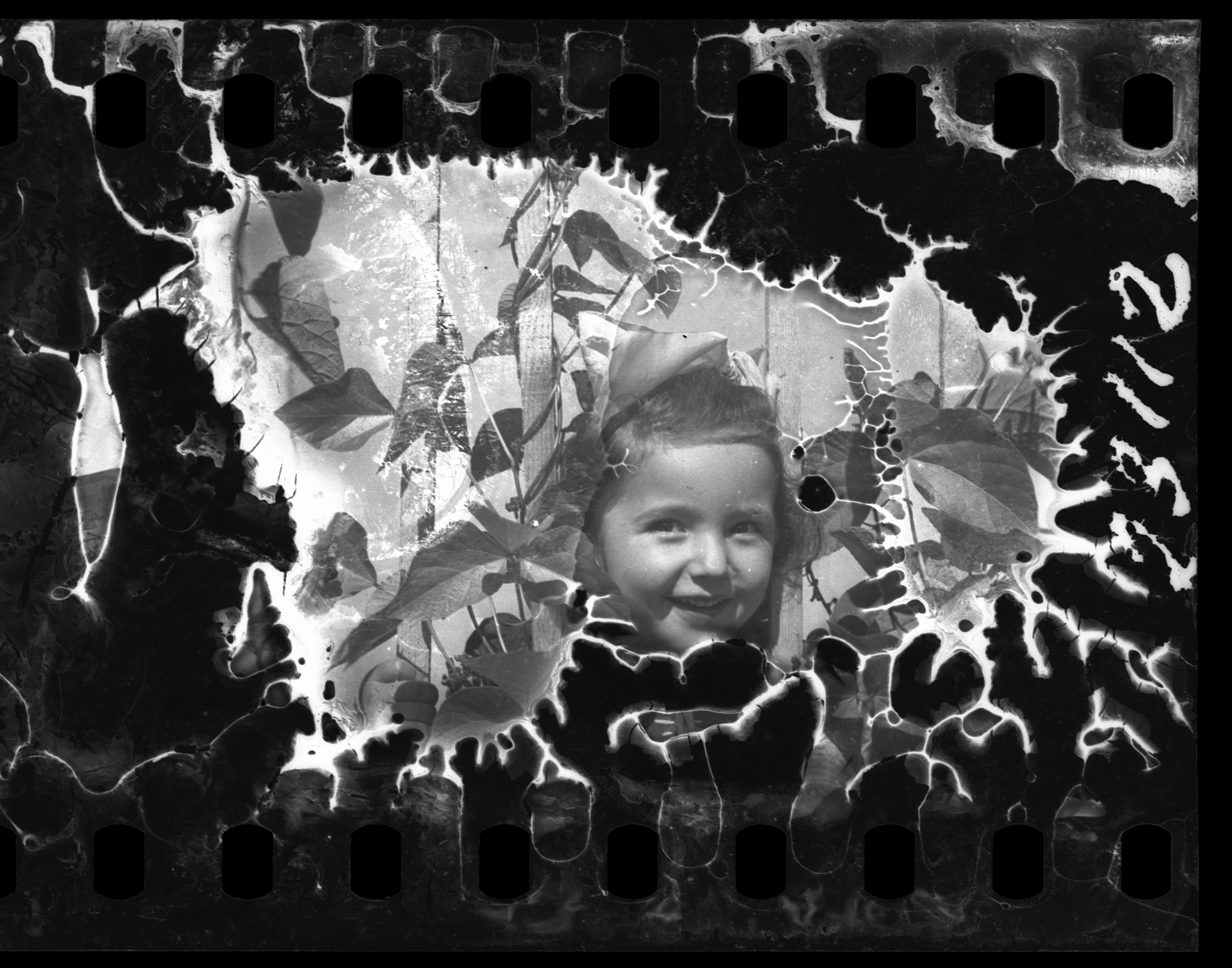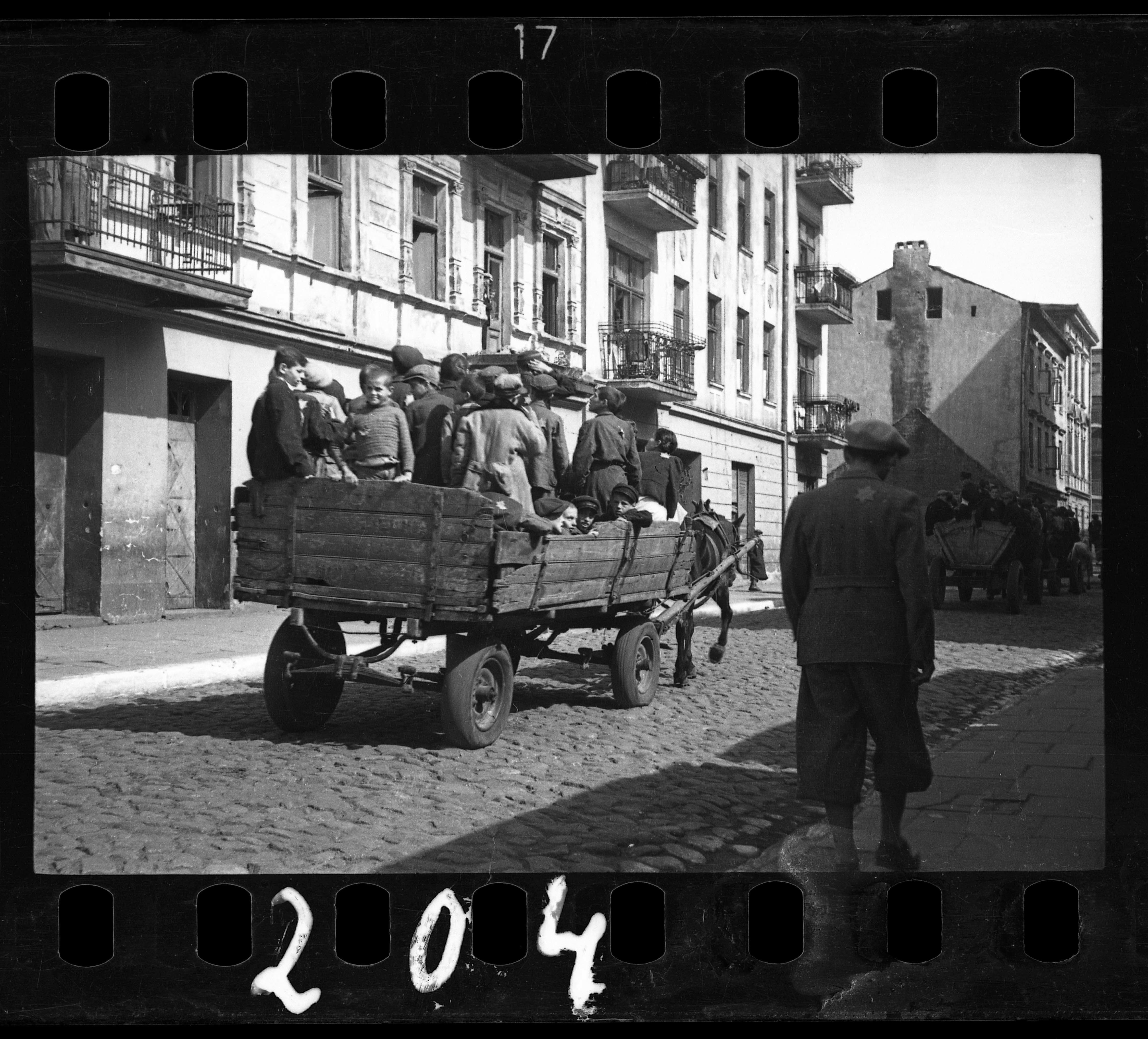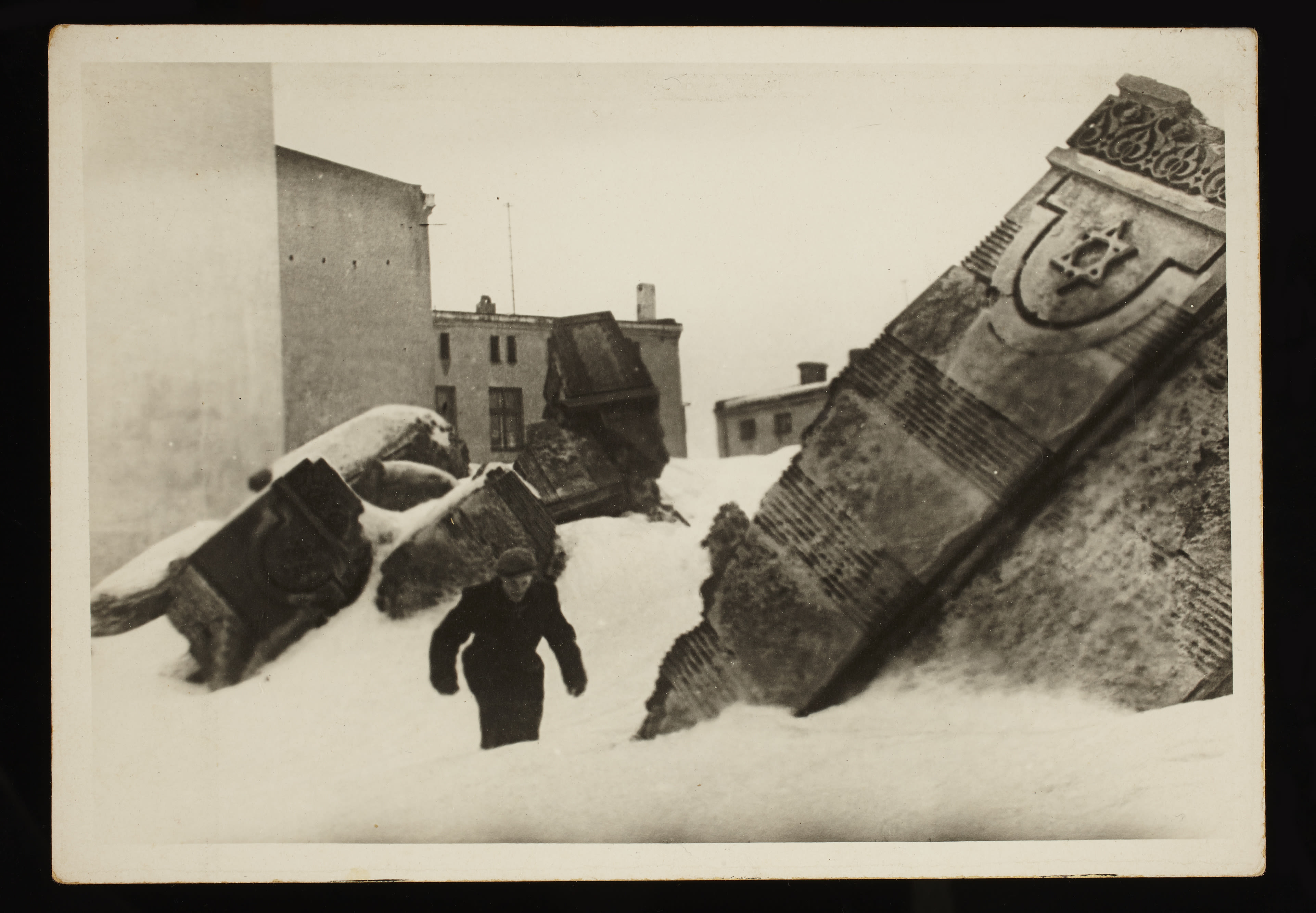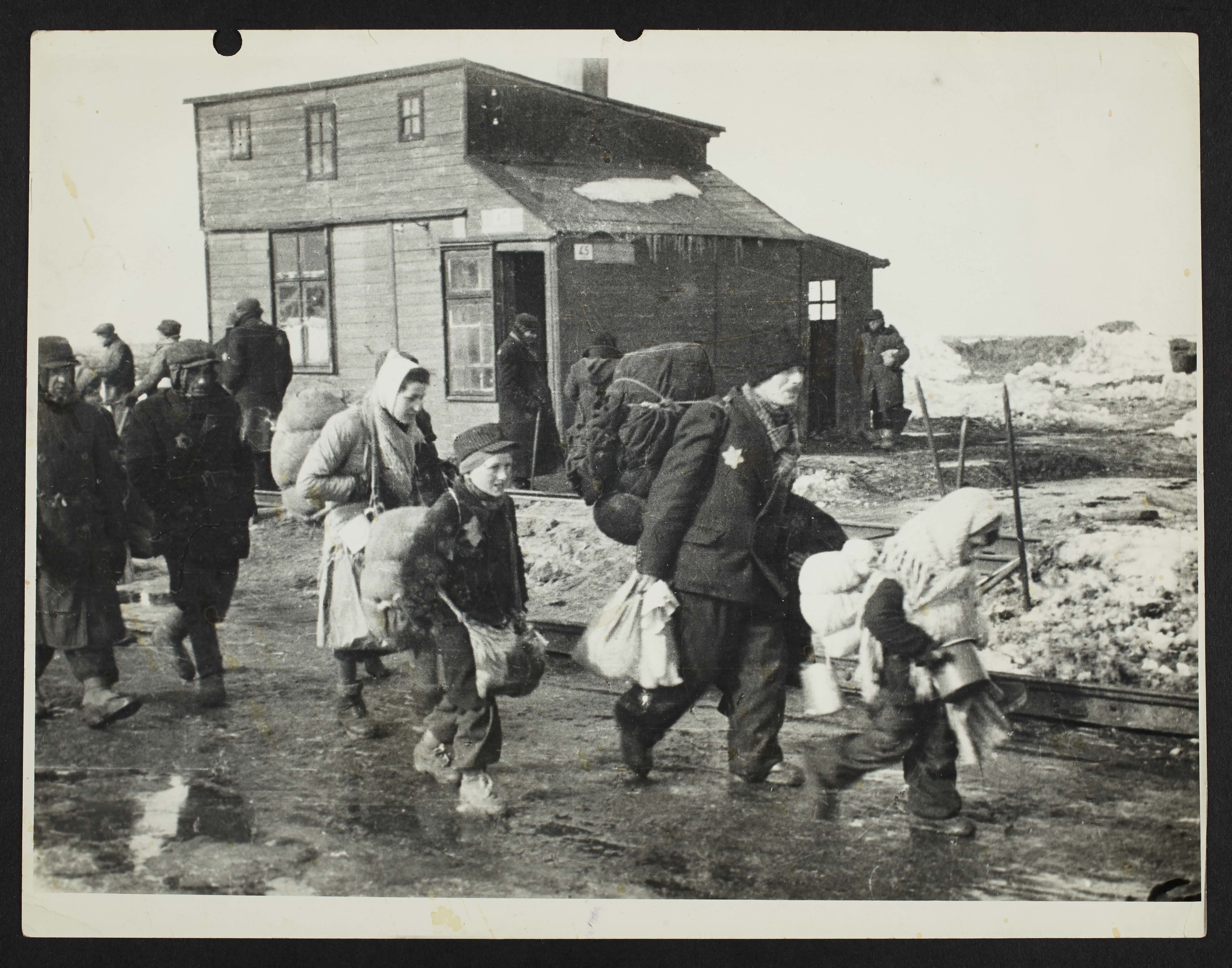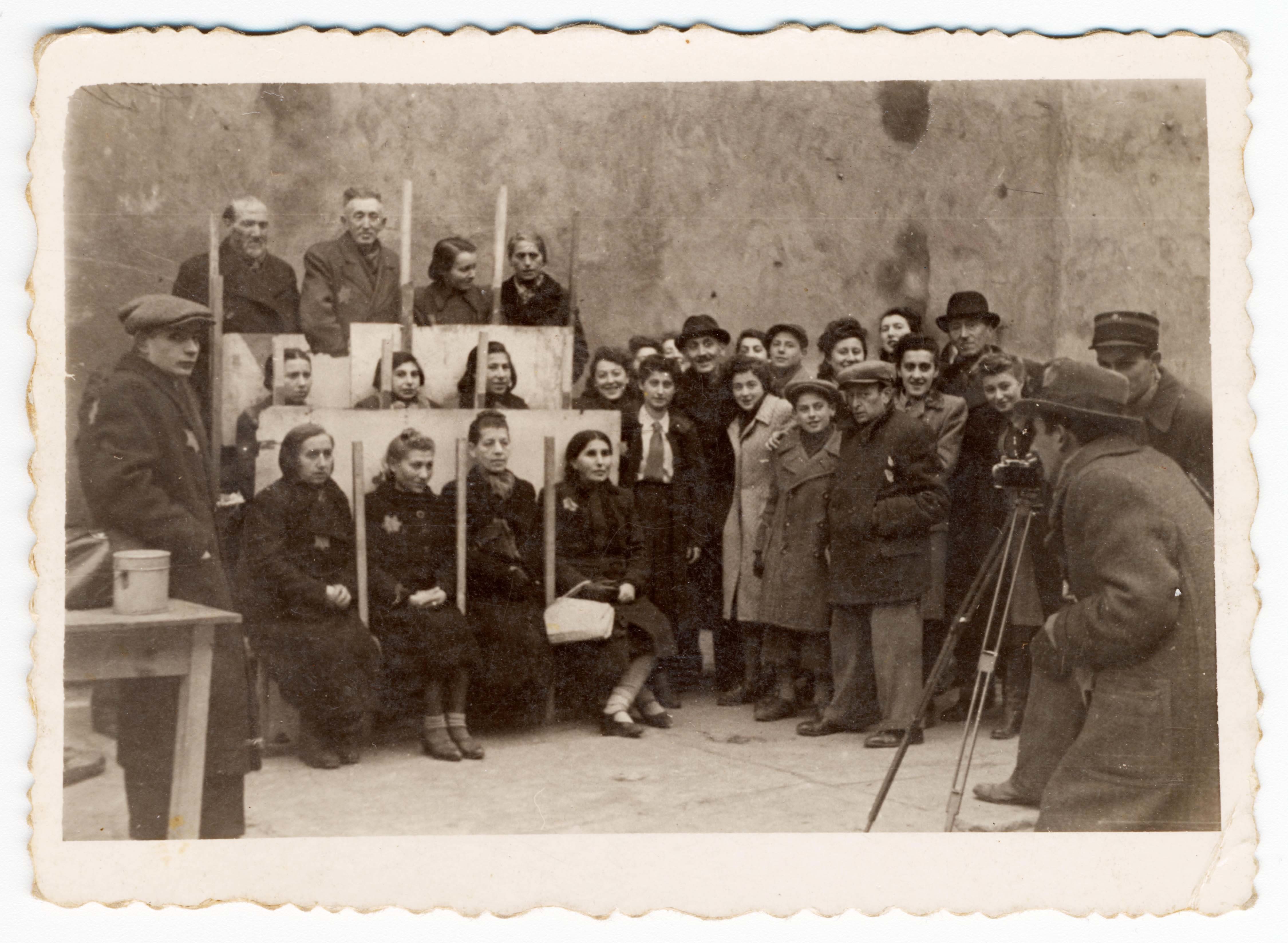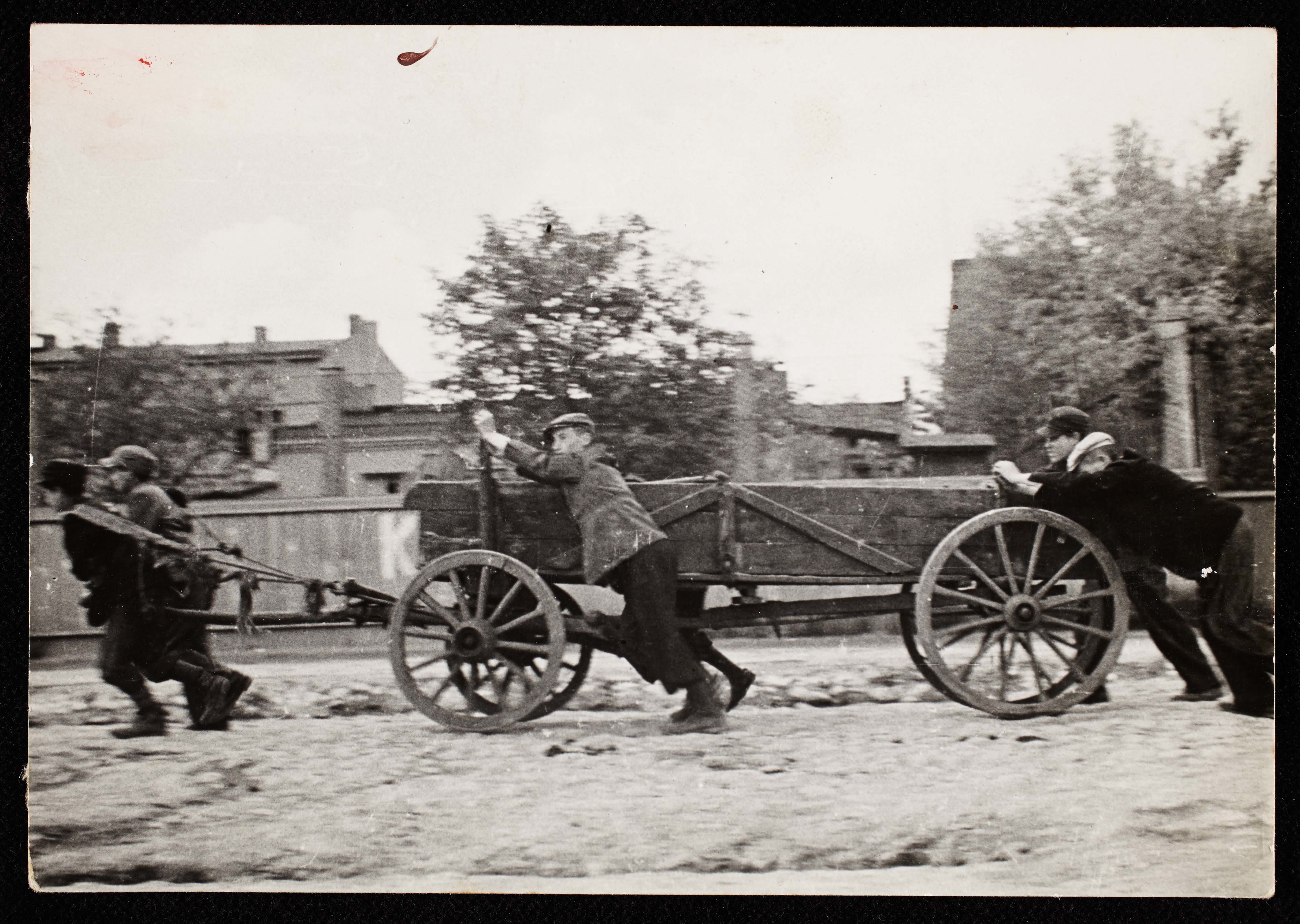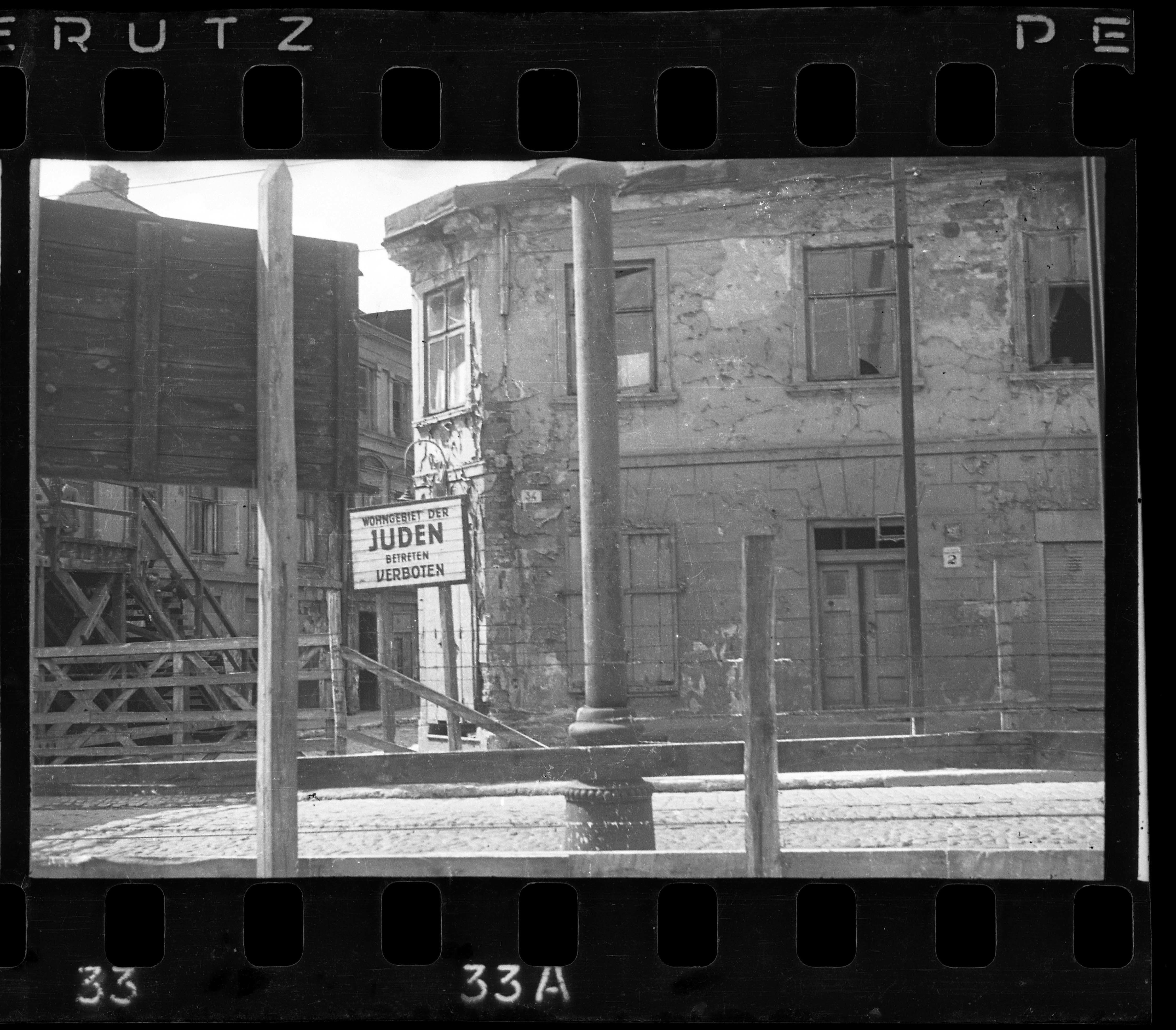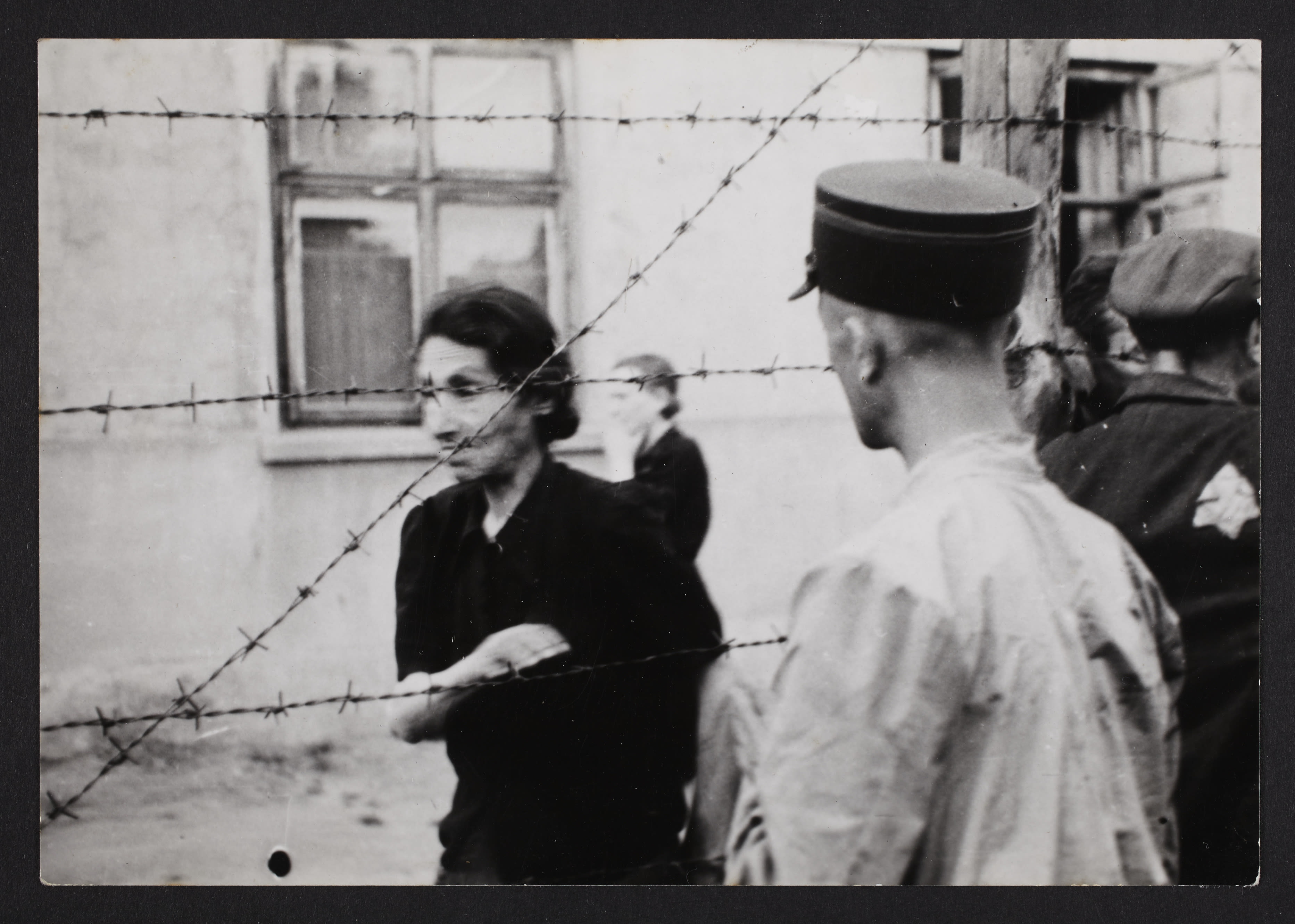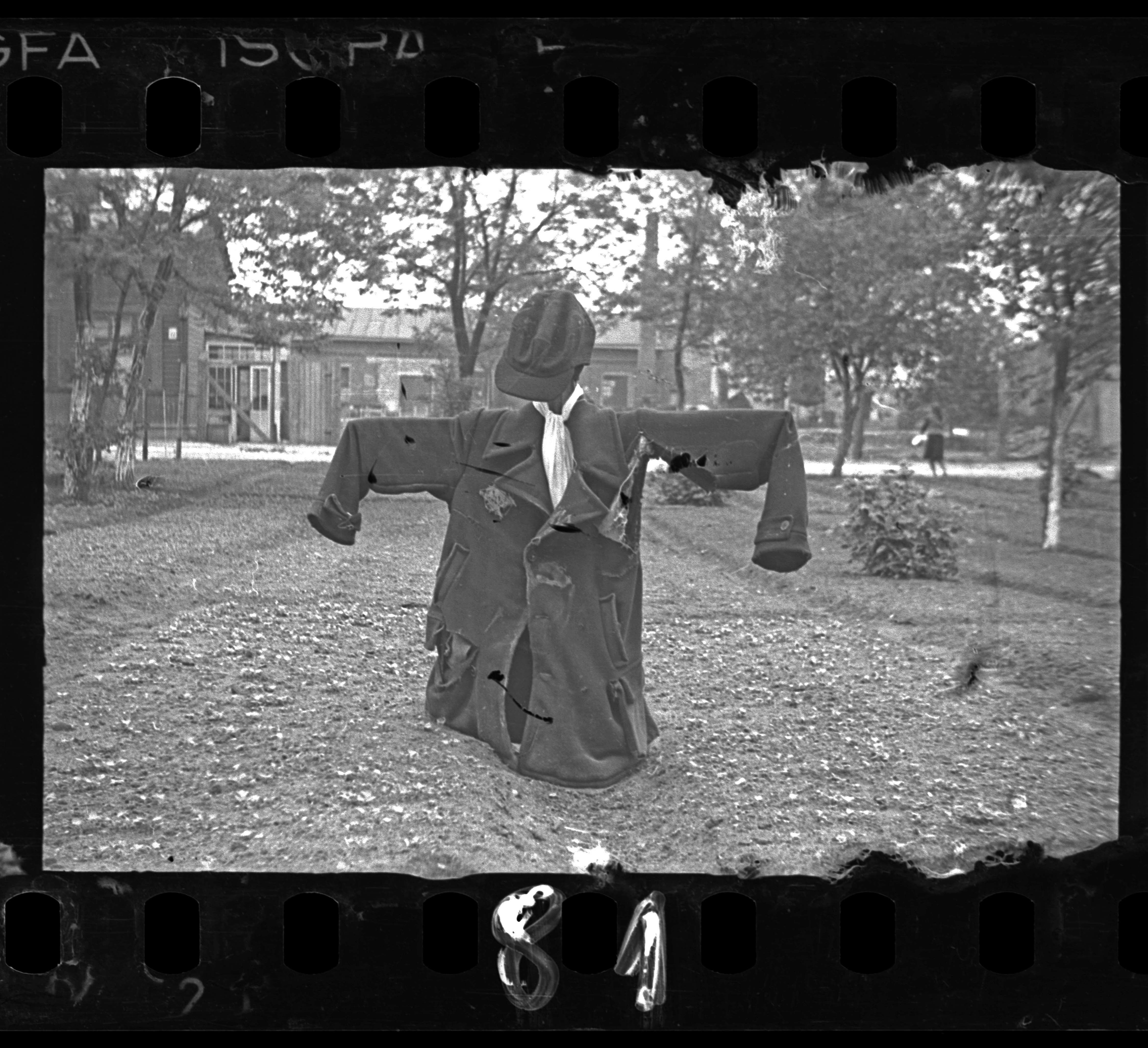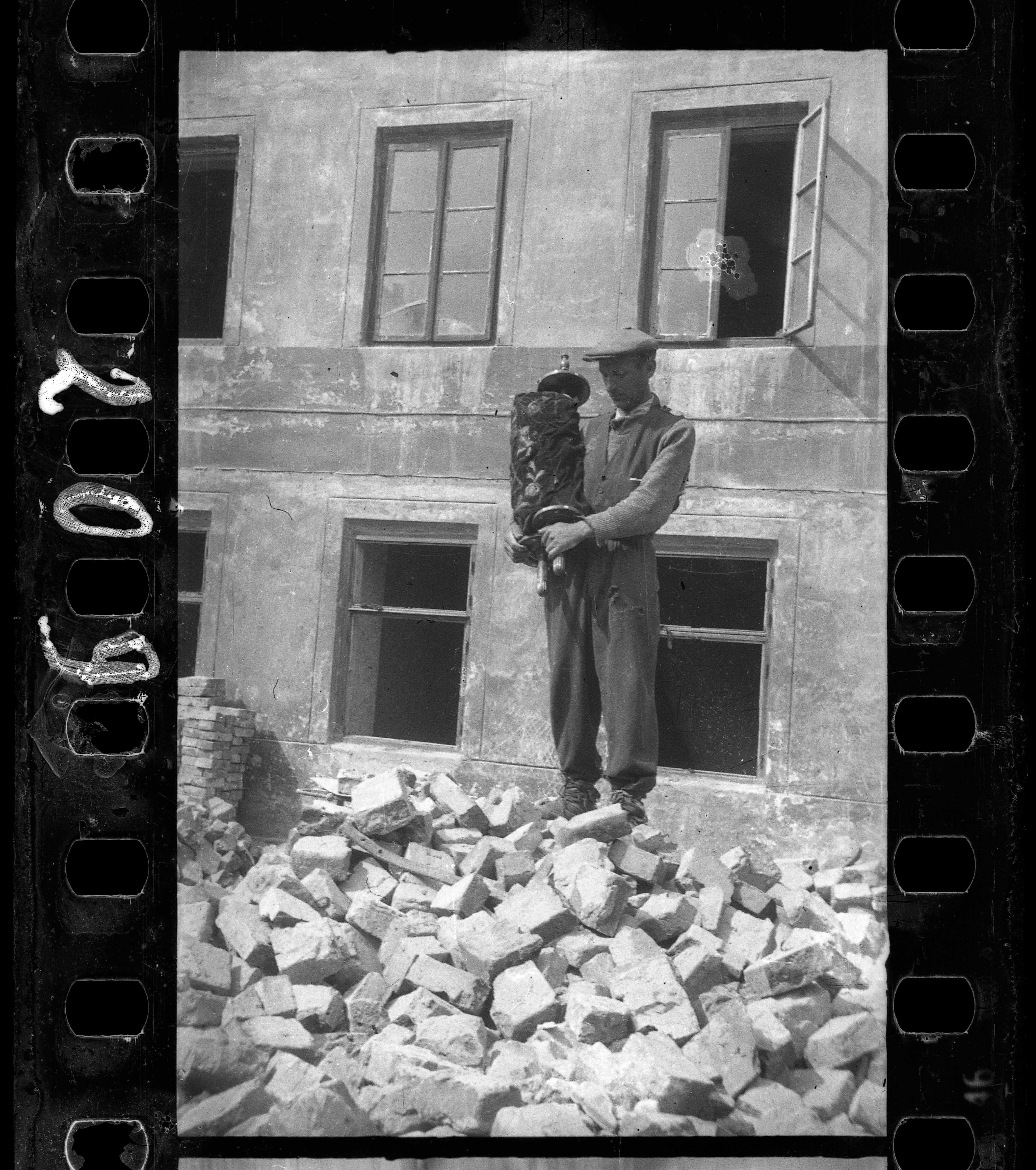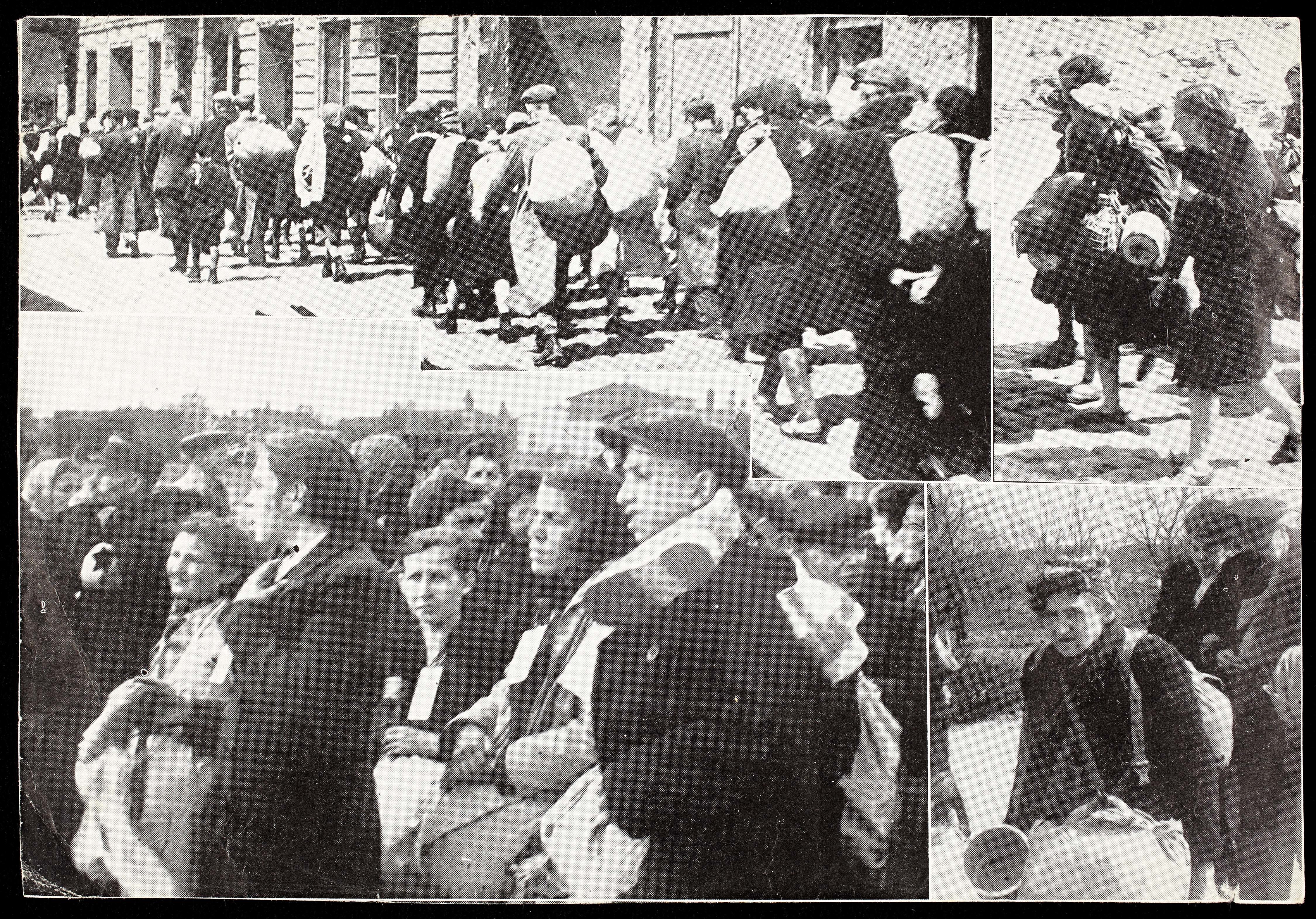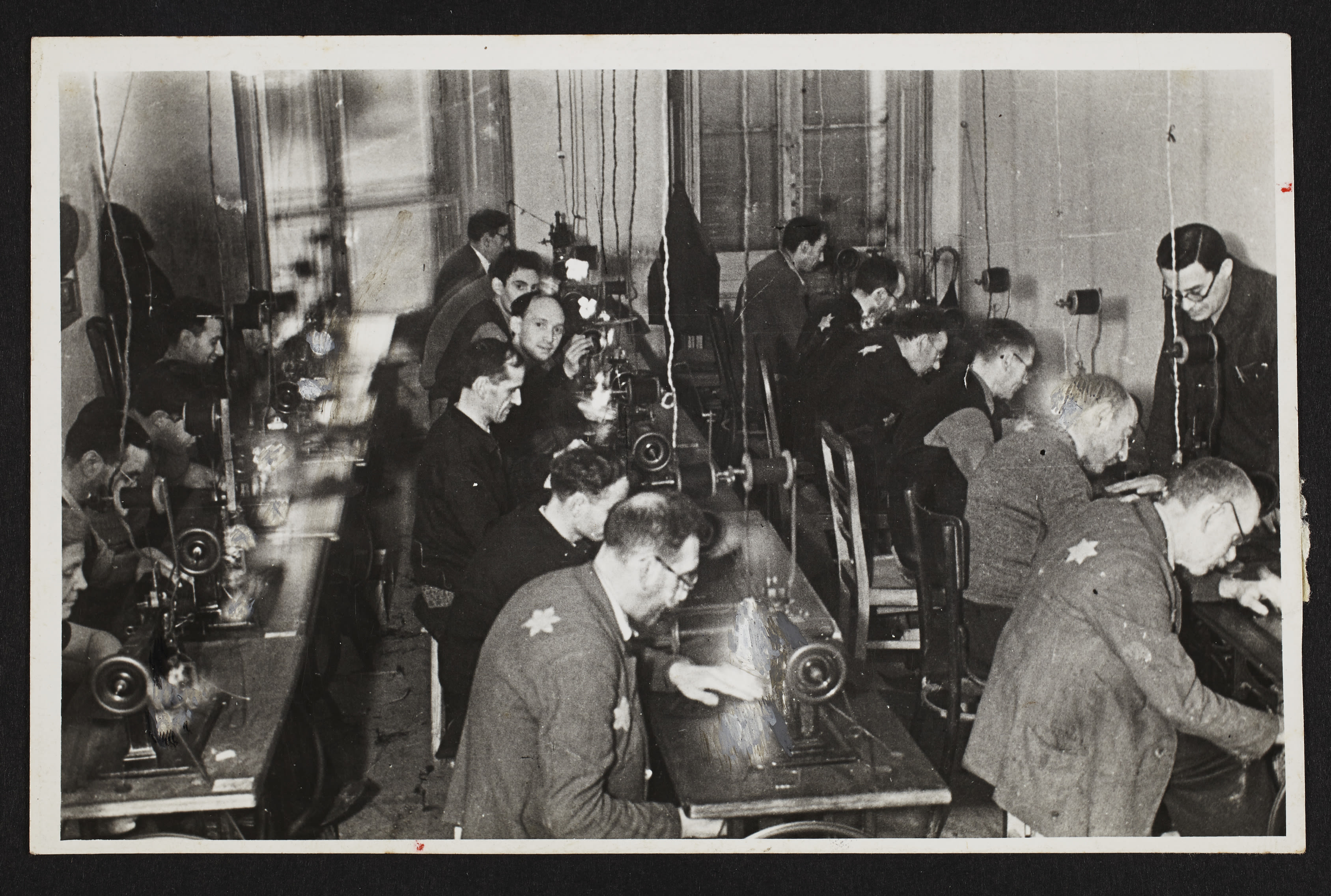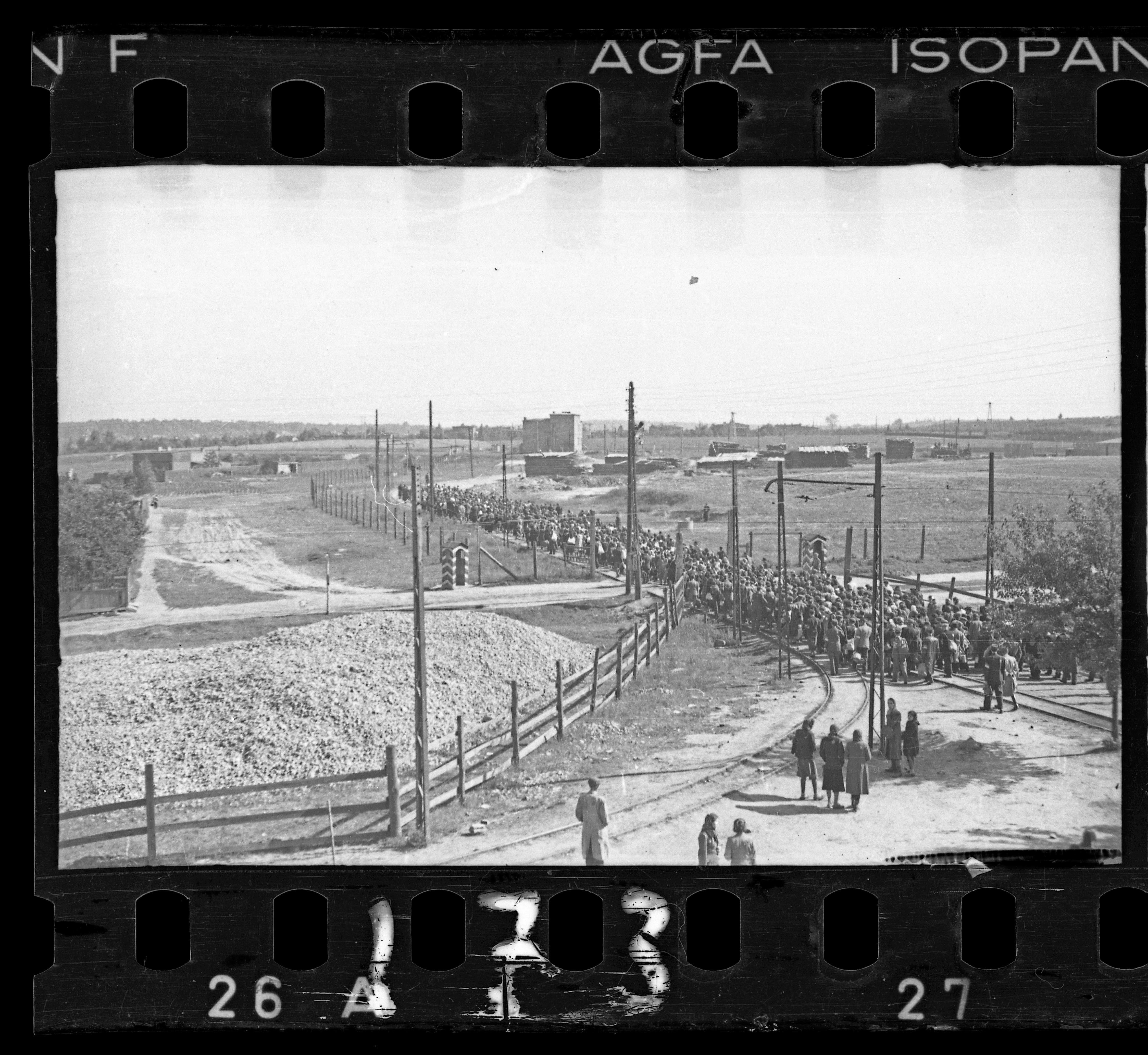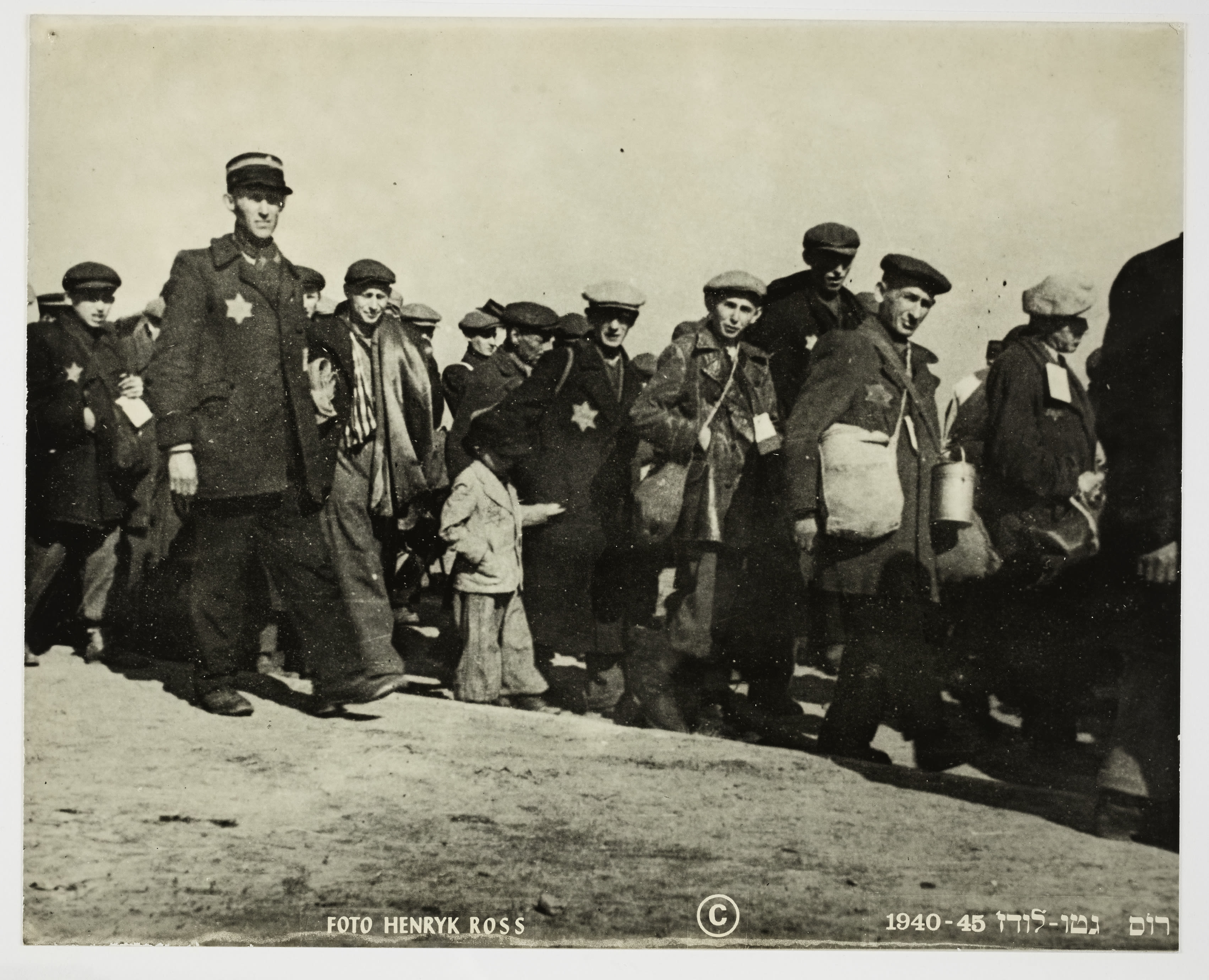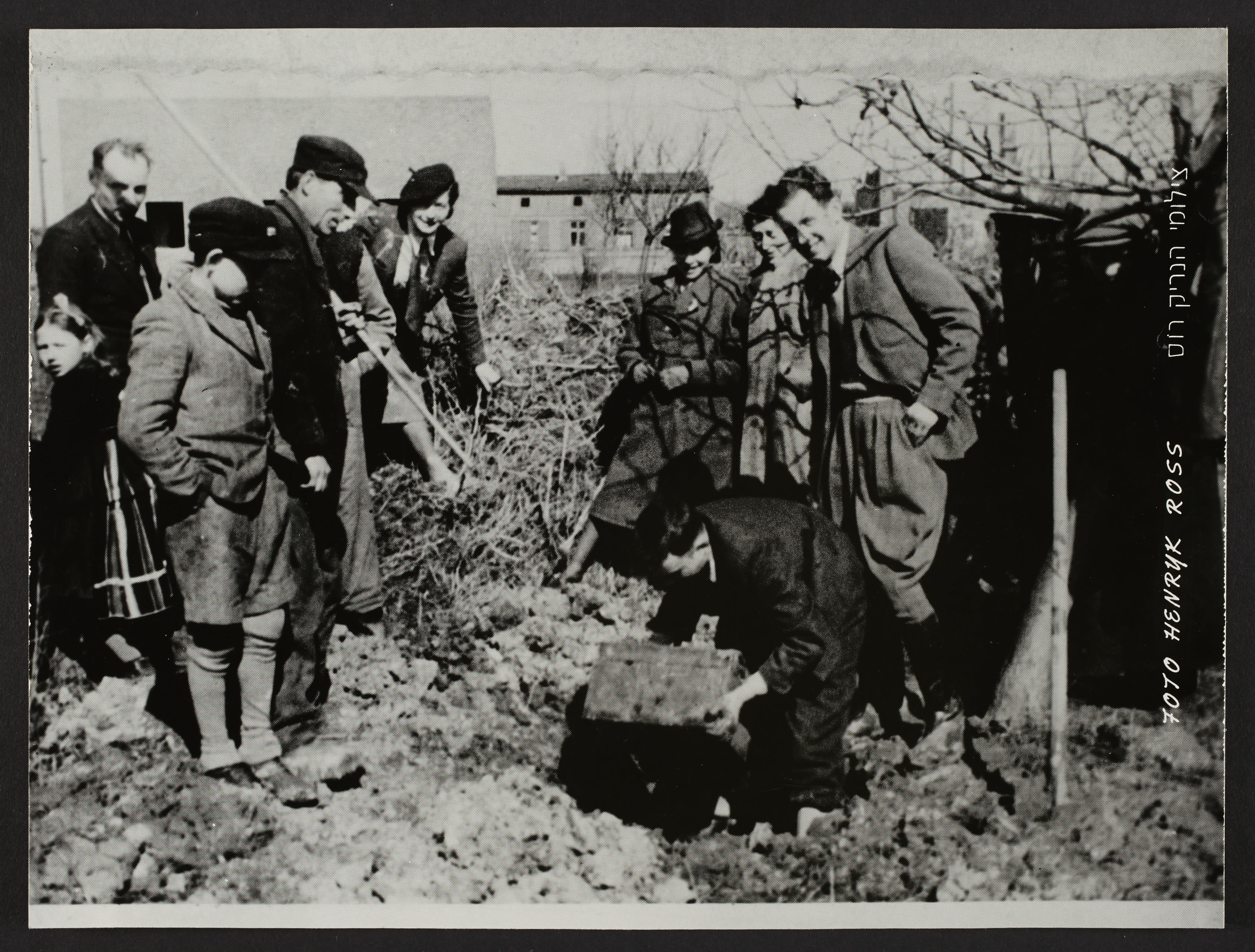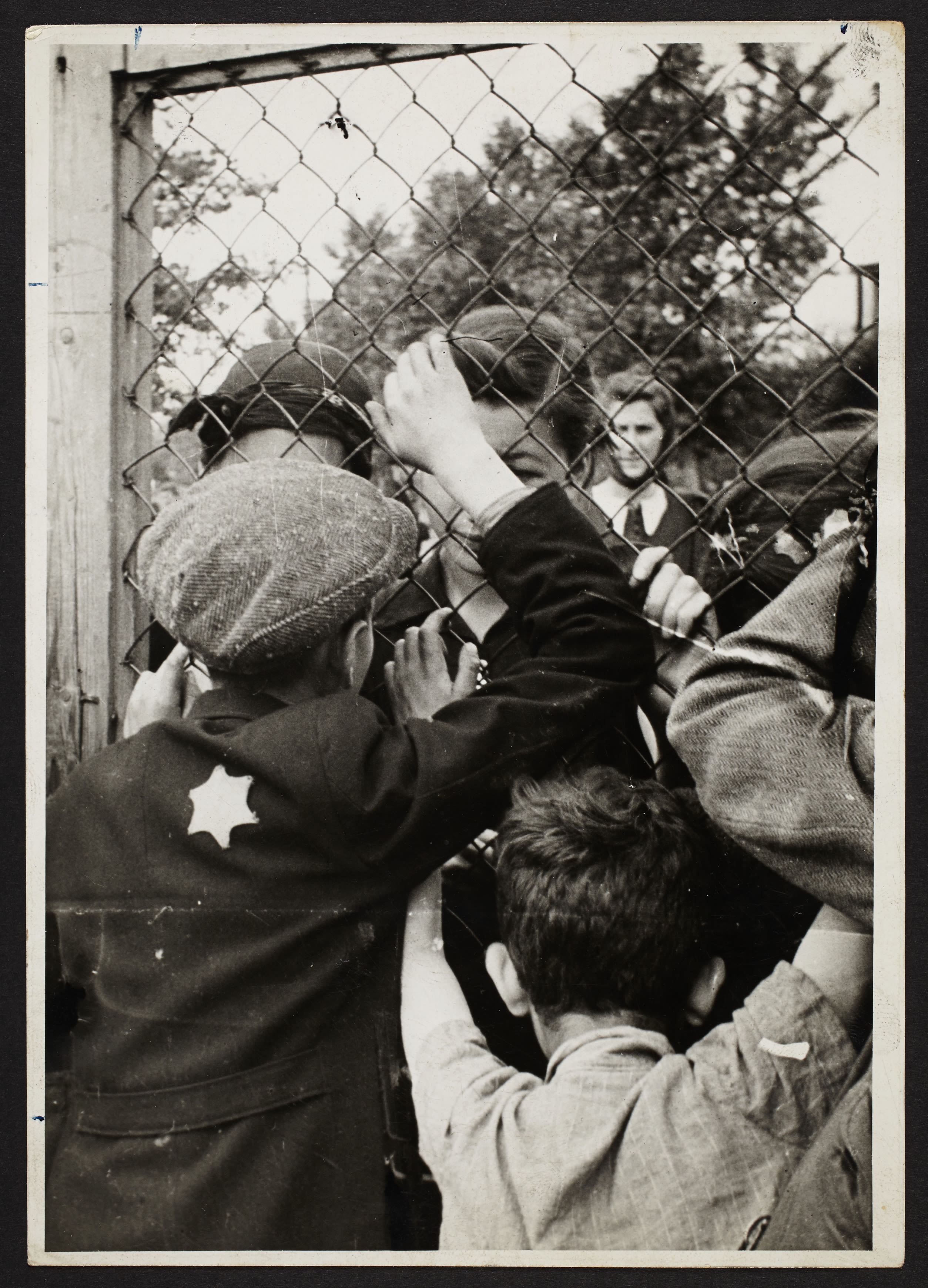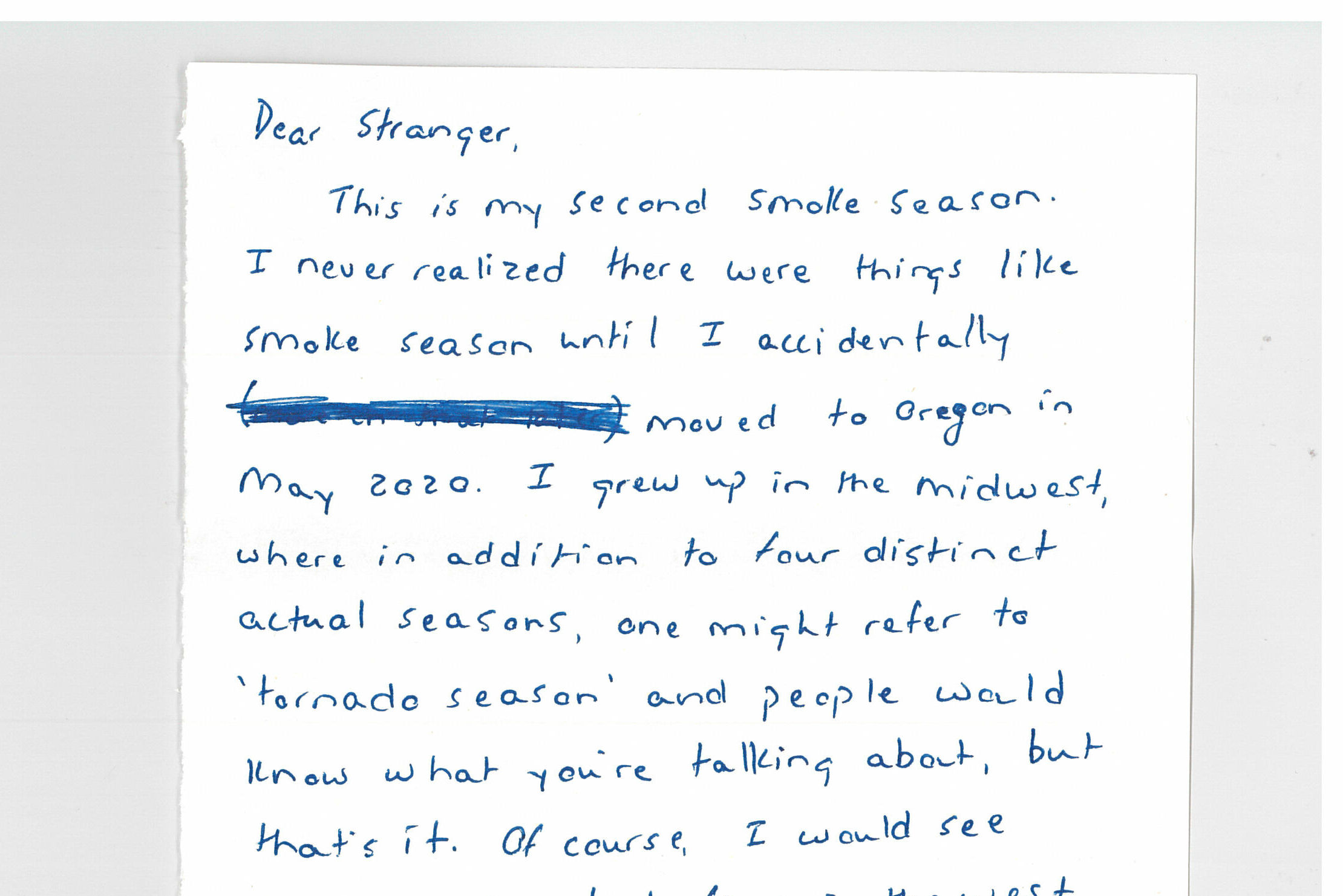This Jewish Photographer Captured Life in a World War II Ghetto
In the fall of 1944, a photographer named Henryk Ross collected some 6,000 of his negatives, sealed them in iron jars, and placed them in a wooden box lined with tar. He dug a hole by his house, on Jagielonska Street, in Lodz, Poland, and buried the box.
The next March, Ross returned to unearth the cache. Though water had destroyed many negatives, more than half had survived: a 35 mm record of four years in Lodz’s Jewish ghetto.
Now, almost 300 of these photos are coming to Portland, in companion exhibits at the Portland Art Museum and the Oregon Jewish Museum and Center for Holocaust Education—the first official collaboration between the institutions.
Ross, a Jewish photojournalist, had been employed by Lodz’s Nazi occupiers to take identification pictures, as well as propaganda photos of the ghetto’s factories. But in addition to documenting Jewish laborers making leather shoes and mattresses, Ross secretly captured other scenes of everyday life—and in the ghetto, that meant weddings and birthday parties alongside children digging for food in the dirt, bodies in the morgue, and crowded wagons bound for death camps.
Ross sometimes shot through gaps in doors, or by snapping open his coat. His wife, Stefania, occasionally played lookout. “I did it knowing that if I were caught my family and I would be tortured and killed,” he would say decades later. After the Soviet Army liberated Lodz in January 1945—only 877 Jews remained, of more than 200,000 who had passed through the ghetto since 1940—Ross devoted himself to preserving and disseminating his images.
The PAM exhibit, Memory Unearthed, takes a broad scope of life in the ghetto. Many images show evidence of deterioration: in one photo, a young child smiles, ringed by a border of decay, as if she’s being consumed. As unintentional metaphor, it’s painfully on the nose.
“The drive to record the evil, the cruelty, the destruction, the genocide, while simultaneously demonstrating the ties that bind—that, to me, is really special,” says PAM curator Julia Dolan. “It’s a form of resistance, living as best you can.”
The photos at OJMCHE, meanwhile, focus on deportation: images Ross, who died in 1991 at age 81, selected for a book called The Last Journey of the Jews of Lodz. “They’re really hard,” says OJMCHE executive director Judy Margles, “a little unrelenting.” Though she acknowledges Holocaust comparisons can be dangerous, she expects some photos will remind visitors of present-day family separation on America’s southern border.
The images are timely for Dolan, too. “It’s so important to have a counternarrative to misinformation that is circulating today, online and in our current political climate,” she says. “We need to witness this to remember the truth of bigotry and genocide in an era when people feel so much more empowered to be hateful again.”
The Last Journey of the Jews of Lodz
Oct 9–Feb 24, Oregon Jewish Museum and Center for Holocaust Education
Memory Unearthed
Oct 27–Feb 24, Portland Art Museum
